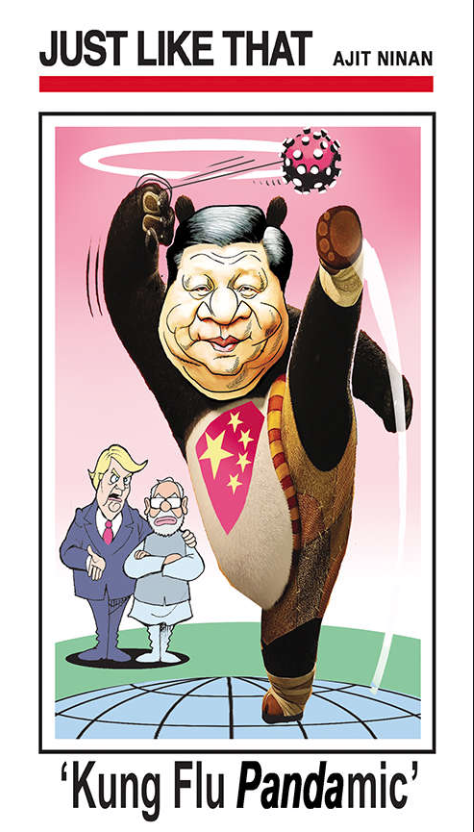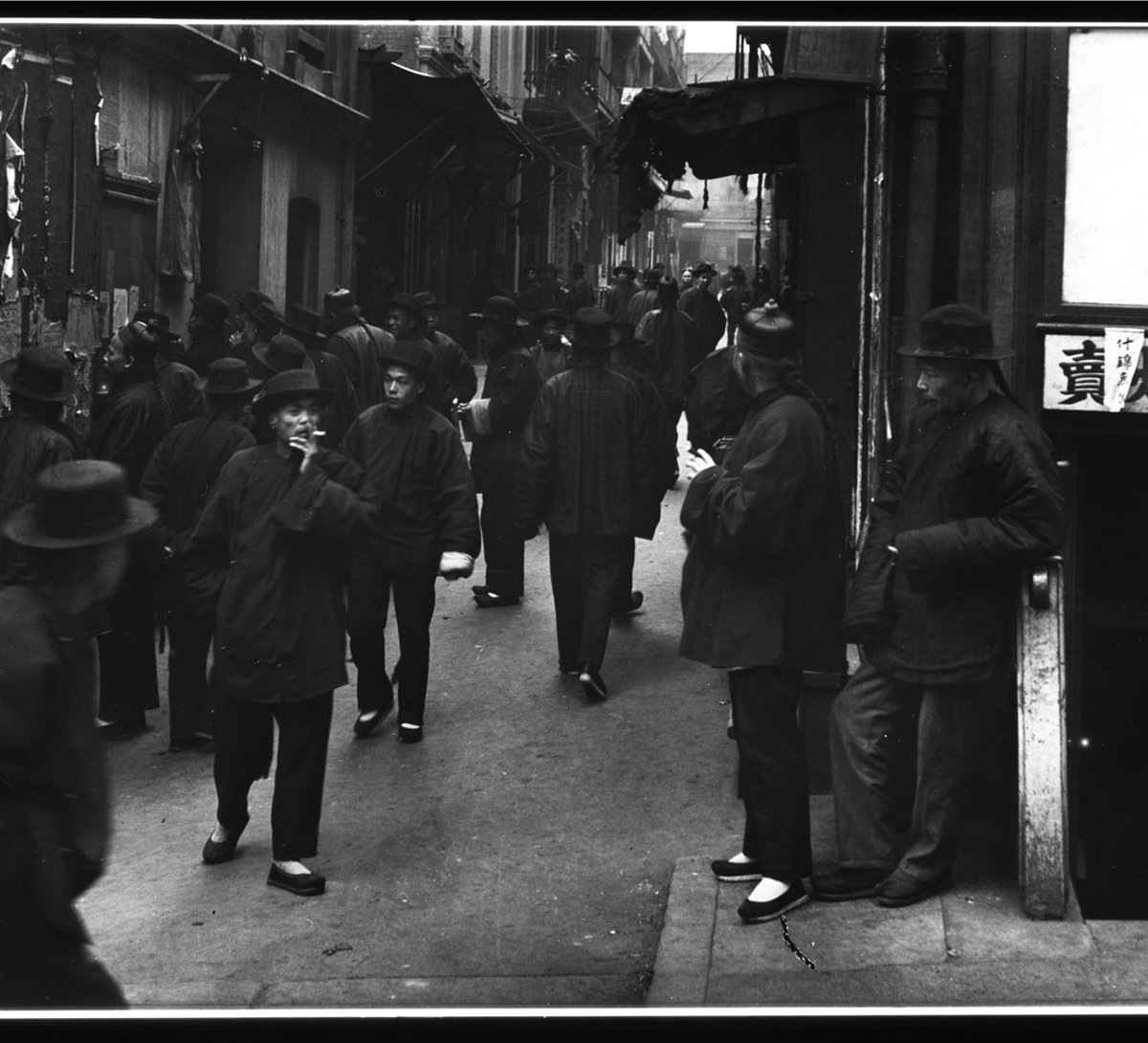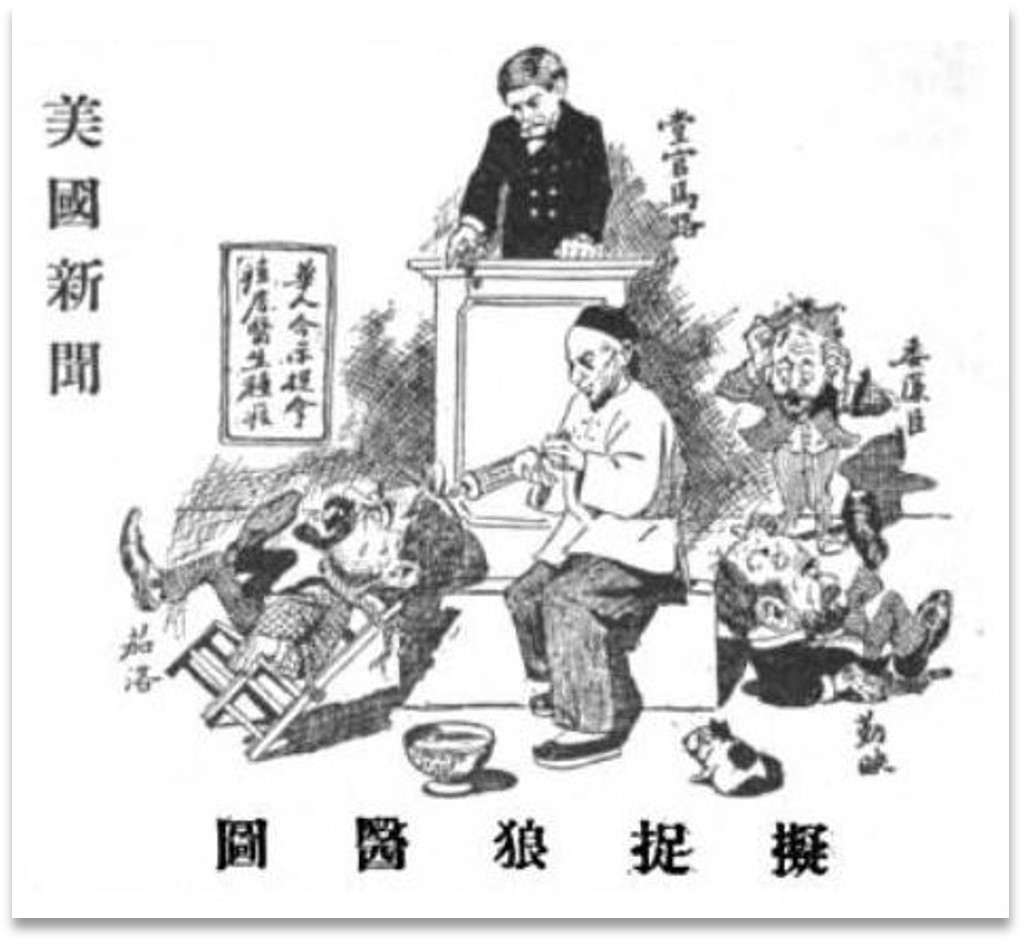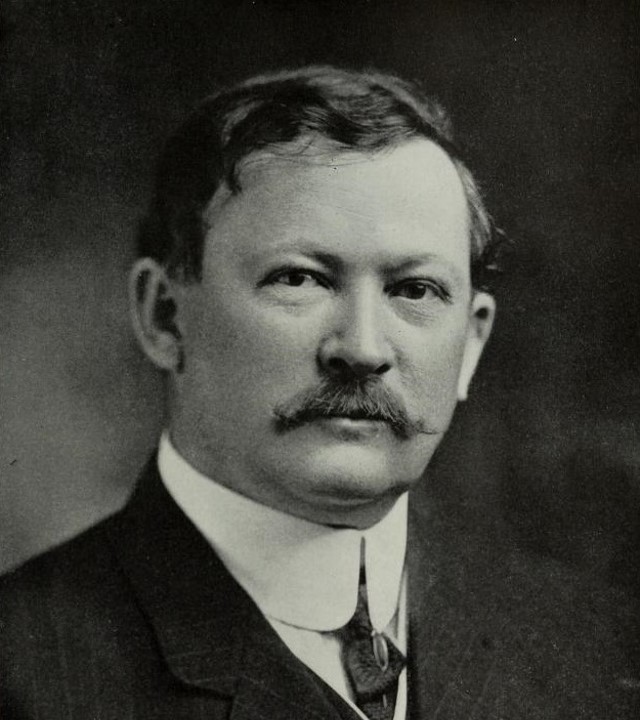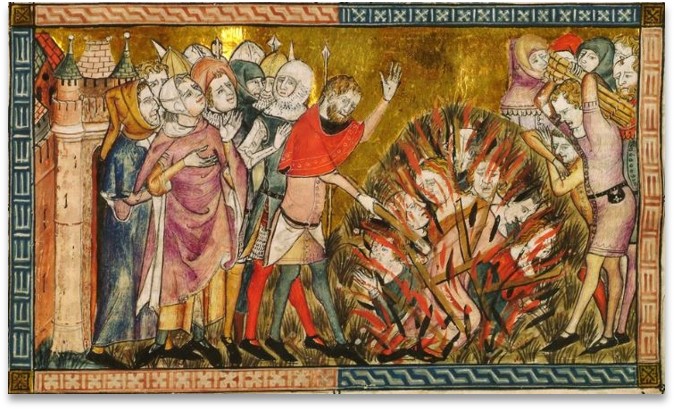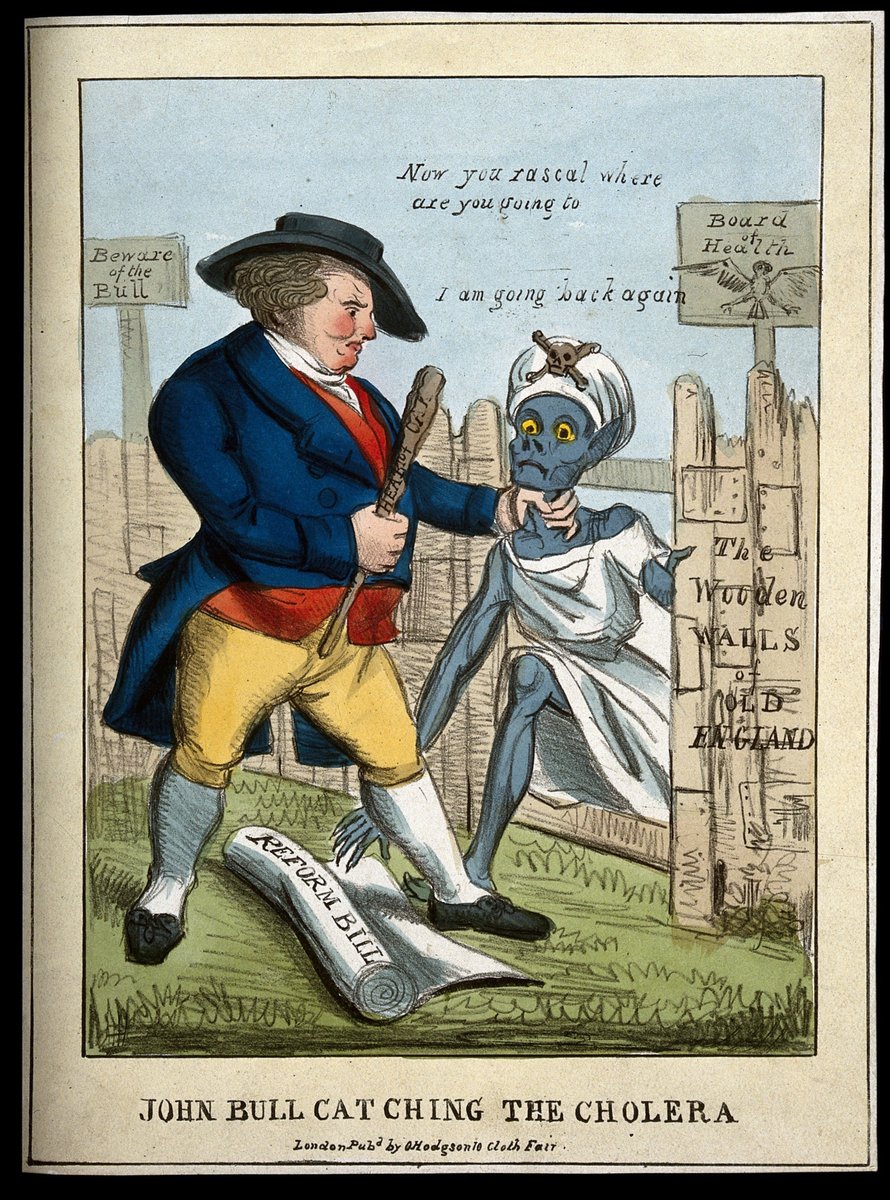To recap: Swenson argued that phase one of an outbreak is denial. #histmed #twitterstorians #Twittistorians (1/21) https://twitter.com/Tweetistorian/status/1338568554929672194?s=20
Phase 2 is BLAME. Someone or something (else) must be blamed for the outbreak.
It pretty much goes without saying that the culprit in the current pandemic is China. (Image is from the Times of India, 22 June 2020) (2/21)
It pretty much goes without saying that the culprit in the current pandemic is China. (Image is from the Times of India, 22 June 2020) (2/21)
Numerous scholars have written about the long history of Sinophobia in the Americas, particularly accusations that Chinese people (and Chinese-Americans) are dirty and disease-ridden. The arrival of plague into San Francisco in 1900 was blamed on the Chinese. (3/21)
Granted, the disease *did* come from China, where the third pandemic originated, but measures taken by the SF board of health focused *only* on Chinatown, as if the disease could not cross the street into "white" neighborhoods. (4/21)
Back to denial--the then governor of California, Henry T Gage, refused to acknowledge the outbreak, which prompted the director of the Marine Hospital Service to threaten to quarantine the entire state. Checkpoints were established where "Asiatics" were inspected. (5/21)
The Chinese community sued for discrimination over their unfair treatment--and, with the case in front of a known Sinophobic judge--WON. (6/21)
The head of the US Public Health Service was sent back to DC and replaced with Dr Rupert Blue, who took a different approach. He hired Chinese assistants, and actually talked to people in Chinatown (with the aid of an interpreter). (7/21)
By bringing the Chinese community into the process of dealing with the plague--rather than talking at them--the outbreak was brought under control. (See: Geunter B Risse's "Plague, Fear & Politics in San Francisco's Chinatown", JHU Press, 2012). (8/21)
During the Black Death, Jews, Roma, and "witches" were blamed for the disease--it was said that they were poisoning wells. Reliable figures are hard to come by, but thousands were burned at the stake or executed. (9/21)
As Europe developed a greater sense of its own identity, distinct from other parts of the world, health and hygiene became markers through which Europeans were differentiated from "others." (10/21)
The idea that people of the "East" did not understand proper hygiene or have interest in (or an understanding of) public health is a common theme throughout early scholarship, and some not-that-old works continue to take this as their point of departure. (11/21)
This is one of the points that Nükhet Varlık (Rutgers), who is a terrific scholar working on the history of plague in the Ottoman Empire, has emphasized repeatedly. By the 18th century, the prevailing understanding--in Europe--was that only Europeans understood hygiene. (12/21)
And this brings us to this week's profile image. Cholera is an interesting disease to study, and I'll explain in more detail later on. However, it had not appeared in Europe before the 19th century (in fact, it may not have appeared *anywhere* before 1817). (13/21)
Before the 19th century, cholera was the term used to describe any sort of gastrointestinal discomfort. We have other names for them (you know what they are, I won't get into it). (14/21)
The new cholera was first reported in Bengal in 1817. It began to work outward from there--first going east to China, the Philippines, and Japan, and then west into Persia, Russia, and eventually western Europe, arriving in France and the UK in the early 1830s. (15/21)
This "new" cholera--the lethal one, which could kill within hours--became known as Asiatic cholera. Partly to distinguish it from "normal" cholera, and partly to emphasize its foreign-ness. (16/21)
That's why cholera is wearing a korta-pyjama and a turban in the lithograph. He's Indian. (He's blue because victims often turned bluish-purple due to the rapid dehydration caused by the illness). (17/21)
Normal cholera? Fine. That cholera from India? That'll kill you. That's why names are important. (18/21)
This will be my last thread for today (we'll finish with Swenson tomorrow!), but before I go. (19/21)
My colleague Stephanie Boyle ( @khowagayya) and I are looking for colleagues interested in the history of medicine in the Middle East and North Africa to form a networking group. Register your interest at https://forms.gle/FLa2Wqg3FttSkJkJA and follow us @MedHistMENA (20/21)
Thanks, everyone! See you tomorrow! (/fin)
~csr
~csr

 Read on Twitter
Read on Twitter